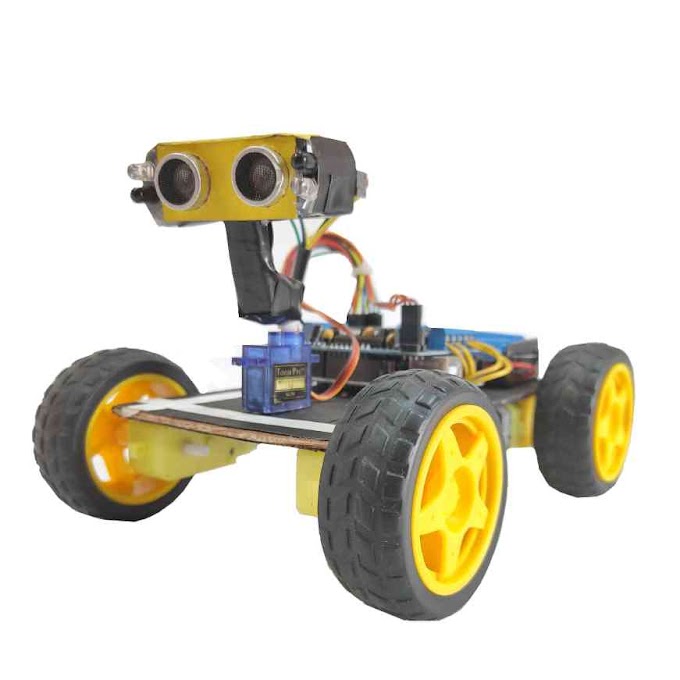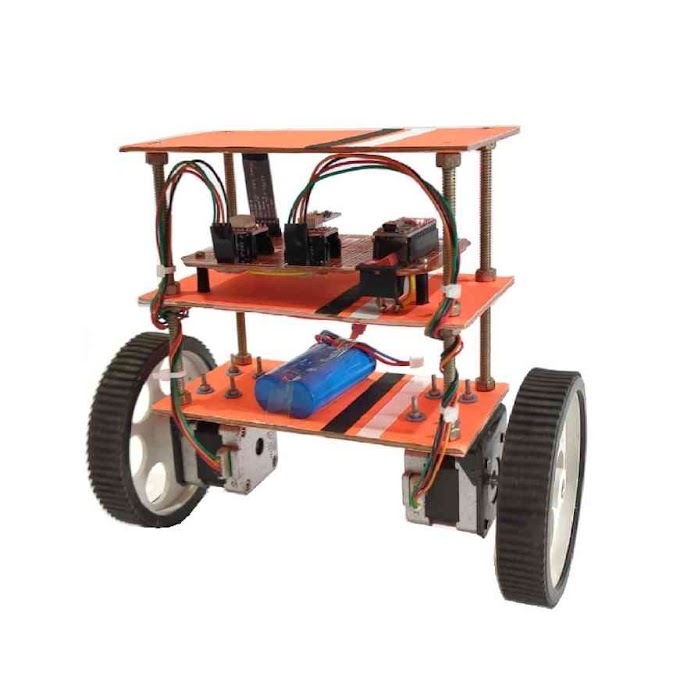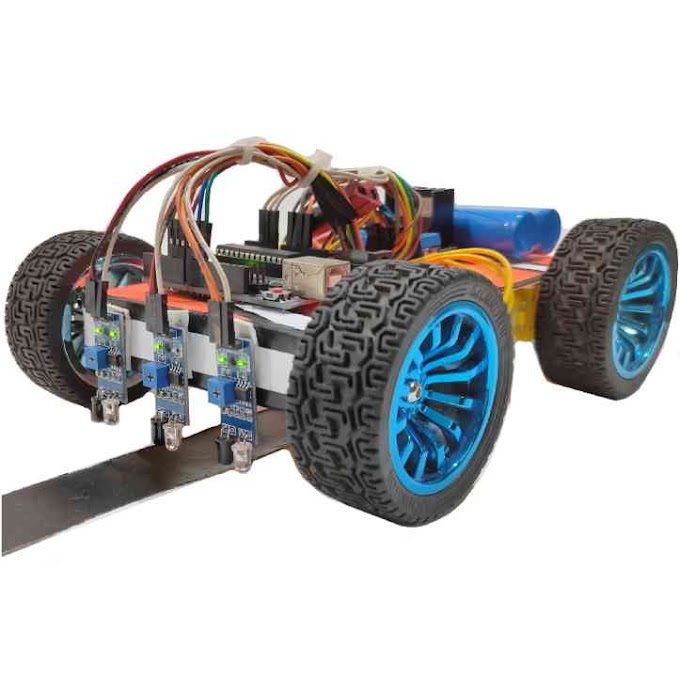Hello everyone! Welcome back to My Tech Studio. Today we will discuss about an Arduino based soil moisture measurement system. So let's get started.
Soil moisture measurement using Arduino:
Soil moisture measurement using Arduino is a popular project for those interested in monitoring and managing the moisture level of soil in various applications, such as gardening, farming, or environmental monitoring.
Materials:
- Arduino board (e.g., Arduino Uno, Arduino Nano)
- Soil moisture sensor (e.g., capacitive or resistive sensor)
- Jumper wires
- Breadboard (optional)
- Computer with Arduino IDE installed
- USB cable for connecting Arduino to the computer
How to measure soil moisture using Arduino:
Here is a basic outline of how you can measure soil moisture using Arduino:
Step 1:
Connect the soil moisture sensor to the Arduino board. The connections may vary depending on the type of soil moisture sensor you are using. For example, if you are using a capacitive soil moisture sensor, you may need to connect the VCC (power), GND (ground), and OUT (signal) pins of the sensor to the corresponding pins on the Arduino board.
Step 2:
Open the Arduino IDE on your computer and create a new sketch.
Step 3:
Include any required libraries for your soil moisture sensor in your Arduino sketch. For example, if you are using a specific soil moisture sensor that requires a library, you may need to import it into your sketch using the #include statement.
Step 4:
Write code in your Arduino sketch to read the analog or digital output from the soil moisture sensor. This may involve using the analogRead() or digitalRead() functions in Arduino, depending on the type of sensor you are using.
Step 5:
Convert the raw sensor readings into meaningful moisture values using appropriate calculations or calibration based on the specifications of your soil moisture sensor.
Step 6:
Optionally, you can display the soil moisture values on an LCD screen for real-time monitoring, or send the data to a computer or a web server for further analysis or remote monitoring using a Wi-Fi module.
Step 7:
Optionally, you can add data logging capabilities to your system by saving the moisture readings to an SD card or other data logging module for historical analysis.
Step 8:
Upload the Arduino sketch to your Arduino board using the Arduino IDE.
Step 9:
Place the soil moisture sensor into the soil whose moisture you want to monitor, and power up the Arduino board.
Step 10:
Monitor the output of the soil moisture sensor in real-time on your Arduino board, LCD display, or remotely through a connected computer or web server.
Step 11:
Analyze the collected data to determine the optimal watering schedule for your plants, and adjust irrigation or watering accordingly.
Note: The specific steps and code for building a soil moisture monitoring system using Arduino may vary depending on the type of soil moisture sensor you are using, the features you want to include, and your specific requirements. Always refer to the manufacturer's documentation and sensor specifications for accurate and reliable measurements. Additionally, exercise caution when working with electronics and connecting sensors to Arduino boards to avoid damage or injury.
Arduino Code:
Here's some sample code to get you started:
const int soilSensor = A0;int soilMoisture = 0;void setup() {Serial.begin(9600);}void loop() {soilMoisture = analogRead(soilSensor);soilMoisture = map(soilMoisture, 0, 1023, 0, 100);Serial.print("Soil Moisture: ");Serial.print(soilMoisture);Serial.println("%");delay(1000);}
Arduino Code Description:
This code reads the soil moisture value from the analog pin A0 and converts it to a percentage value between 0 and 100 using the map() function. It then sends this value to the serial port for display on a computer or smartphone. You can modify this code to display the readings on an LCD screen or send them wirelessly using a Bluetooth or Wi-Fi module.













